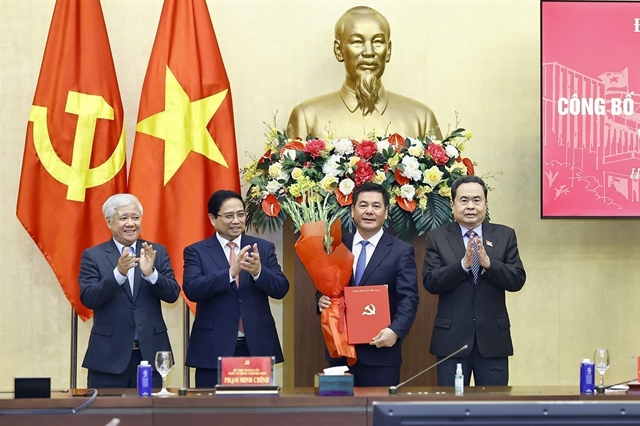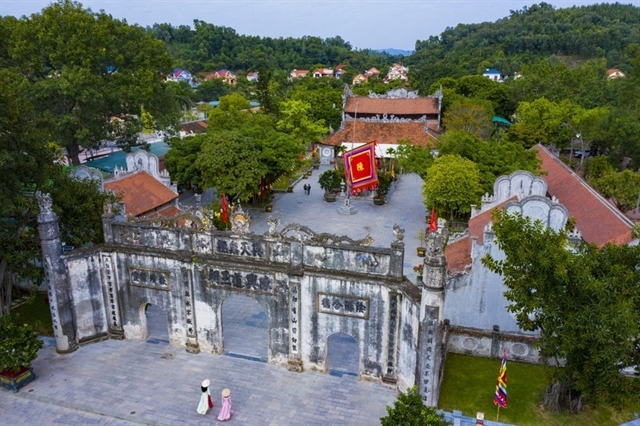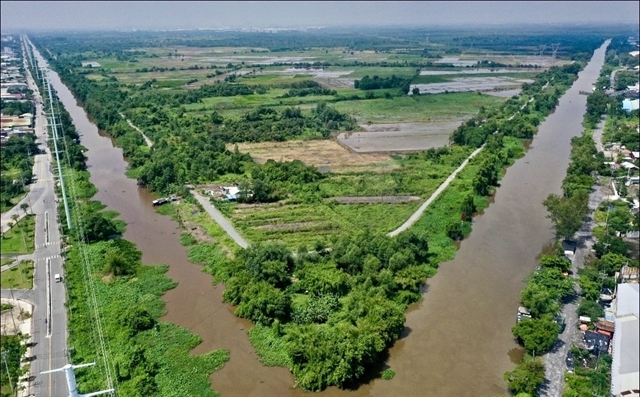 Travel
Travel

 |
| In 2025, Việt Nam’s tourism sector aims to make a breakthrough in attracting international visitors, targeting 25 million arrivals. VNA/VNS Photo |
HCM CITY Việt Nam is stepping up efforts to boost tourism competitiveness and attract 25 million international visitors in 2025, with industry leaders urging concrete policy reforms, market diversification, and stronger partnerships across the sector.
Deputy Minister of Culture, Sports, and Tourism Hồ An Phong said the target was ambitious and would require determination from authorities, businesses, and localities alike.
“Tourism growth must focus on both quantity and quality to ensure long-term sustainability,” he said.
Việt Nam has introduced a series of breakthrough policies in recent years to stimulate tourism growth, including extended visa exemptions, simplified immigration procedures, and incentives for foreign investment.
Officials say these measures demonstrate the country’s commitment to international integration and its goal of becoming a convenient, friendly, and accessible destination for global travelers.
However, Phong noted that the sector still faces challenges, including the need to restructure tourism products, develop a smart tourism ecosystem, update tourism maps, and innovate promotional strategies to remain competitive with regional rivals offering similarly liberal policies.
Industry experts agree the final months of 2025 will be critical, as data show international arrivals in Việt Nam typically peak during the second half of the year.
To meet the 25 million visitor target, they recommend expanding air-sea connectivity, applying digital technology to travel services, boosting online product sales, and launching diverse promotional packages, including bundled tourism offers.
Infrastructure projects such as Long Thành International Airport, the North-South Expressway, and new international air gateways are also expected to open opportunities for new routes and tourism products.
Travel businesses are encouraged to align tour planning with the completion timelines of these projects and invest in modern transport options like limousines and high-speed boats to improve visitor experiences.
Digital transformation
Hà Văn Siêu, deputy director of the Việt Nam National Administration of Tourism, emphasised the need for collaboration across the public and private sectors.
“Travel businesses play a core role in designing growth-focused strategies, leveraging favourable policies, and implementing actions to attract visitors,” he said.
He highlighted two key indicators for quality growth: increasing the average length of stay and maximising tourist spending.
To achieve this, tourism products must be distinctive, diverse, culturally rich, innovative, and digitally enhanced to meet rising traveller expectations while benefiting local communities and the environment.
Digital transformation is a major focus, with the government encouraging businesses to adopt national digitalisation initiatives.
By investing in digital infrastructure, augmented reality (AR) technologies, and online platforms, travel companies can create immersive experiences, promote destinations more effectively, and offer personalised services to international visitors.
Targeting key markets
HCM City, one of Việt Nam’s top tourist destinations, continues to attract visitors with its modern urban appeal, vibrant culinary scene, and dynamic cultural life.
Local businesses are working to remove barriers and open new markets to help the country reach its 2025 tourism goals.
Nguyễn Quốc Kỳ, chairman of Vietravel Group, identified India and the Middle East as emerging markets with high-spending, fast-growing tourist segments.
These markets offer significant potential but face obstacles, including strong competition from Thailand and Singapore, limited flight connections, and restrictive visa policies for Indian travellers.
Tourism products for Indian and Middle Eastern visitors also need to better meet cultural and religious requirements, particularly for halal tourism.
These travelers show strong demand for luxury shopping and premium services, creating opportunities for night tourism and high-end entertainment products.
Meanwhile, Northeast Asia and Southeast Asia remain Việt Nam’s largest source markets, led by China, South Korea, Chinese Taipei, and ASEAN countries. Industry players, however, point to slow immigration processing, often taking more than an hour at major airports in Hà Nội and HCM City, as a barrier to competitiveness.
Hoàng Thị Liên, CEO of F5 Travel, suggested simplifying entry procedures for travellers from key markets such as Chinese Taipei and leveraging land border gates for Chinese tourists through border-pass tourism, self-driving tours, and charter services in addition to cruise options.
Rising international recognition
 |
| Sapa is ranked sixth among Asia’s top mountain and small-town destinations by the digital travel platform Agoda. Photo laodong.vn |
Việt Nam’s growing appeal was highlighted recently when digital travel platform Agoda ranked Sapa sixth among Asia’s top mountain and small-town destinations.
Agoda reported a 21 per cent increase in search volume for Sapa, reflecting rising international interest in Việt Nam’s landscapes and cultural heritage.
Vũ Ngọc Lâm, Agoda’s Việt Nam Country director, said Sapa’s high ranking showcased the country’s unique natural beauty and cultural diversity, which continue to attract travellers seeking authentic and distinctive experiences.
Experts stress that local authorities and businesses must act swiftly to translate supportive policies into tangible economic and social outcomes.
This includes adapting business models to take advantage of new visa regulations, digitalisation initiatives, and infrastructure investments.
“Policies alone are not enough,” said Siêu. “We need practical actions from all stakeholders to transform Việt Nam’s tourism sector and achieve the ambitious 2025 target.” VNS




